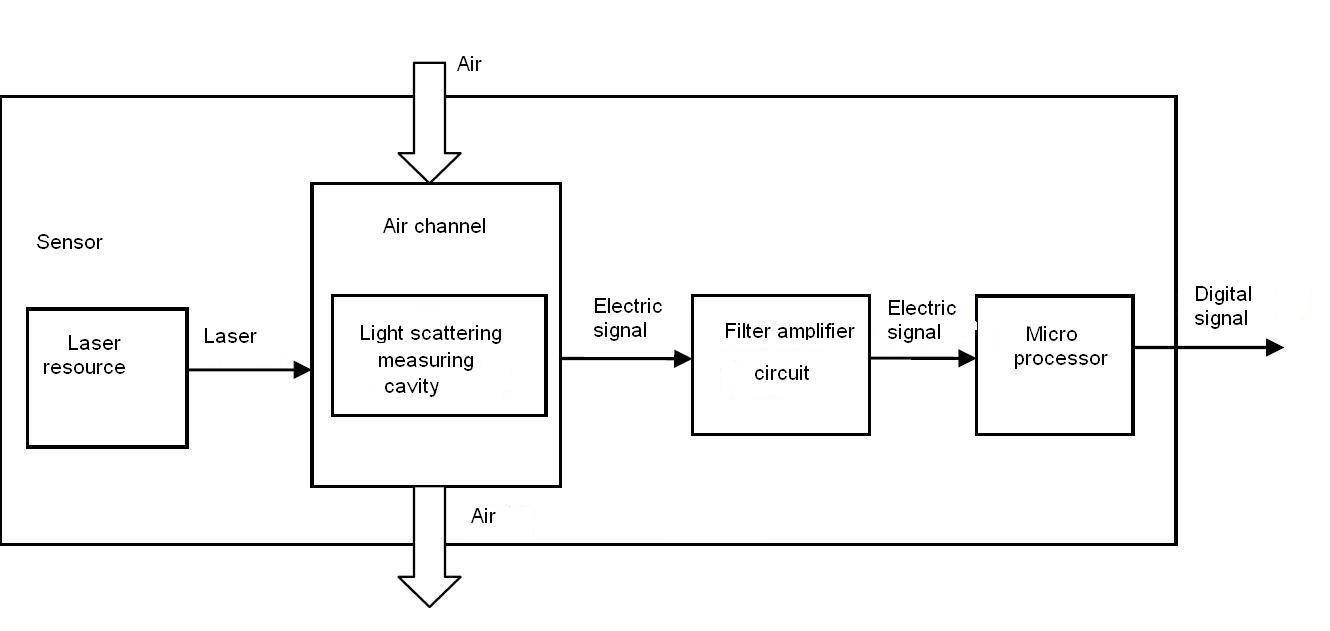Healthy living starts with healthy air! As the most basic part of life, air is attracting more and more attention these years, for example, PM2.5, smog, etc. Keeping an eye on the quality of the air we breathe is becoming quite important.
This Air Quality Monitor introduced by DFRobot provides you with the measurements of PM10, PM2.5, PM1.0 as well as temperature and humidity. It works well with devices like Arduino, STM32.
Based on the principle of laser scattering, this sensor continuously collects and calculates the number of suspended particles of various sizes in the air per unit volume, which is particle concentration distribution, and then convert to mass concentration. At the same time, a temperature & humidity integrated sensing chip is embedded in the module for accurately detecting the temperature and humidity.
In a word, this air quality sensor combines the particle concentration value, temperature, and humidity monitoring functions onto one module, and outputs the relevant data frames via UART. It can be embedded in various instruments and equipment related to air quality monitoring and environmental air improvement to provide timely and accurate environmental parameters.
Installation Precautions
The metal shell is connected to the internal power ground, and be careful not to short-circuit with other external board circuit or chassis shell.
The best installation method is that the plane where the air inlet and the air outlet are located is in close contact with the air holes on the inner wall of the user machine and the outside world. If this is not possible, there should be no block within 2cm of the air outlet. There should be a structure between the air inlet and the air outlet to isolate the airflow, so as to prevent the airflow inside the user machine from directly flowing back to the air inlet from the air outlet.
The vent opening on the inner wall of the user machine for the air inlet should not be smaller than the size of the air inlet.
When applied to purifier products, try to avoid placing the sensor directly in the air duct of the purifier. If it is unavoidable, set up a separate structural space and place the sensor in it to isolate it from the air duct of the purifier.
When used with purifiers or fixed detection equipment, the sensor position should be more than 20cm above the ground. Otherwise, the product may be contaminated by large dust particles or even entangled by flocs near the ground, causing the fan to stop rotating.
When the sensor is applied to outdoor fixed equipment, pay attention to the protection against sandstorms, rain and snow, and willow catkins.
The sensor is an integral component, users should not disassemble it, including the metal shielding shell, to avoid irreversible damage.
The bottom of the sensor is fixed with 2mm self-tapping screws, and the length of the screw into the shell should not be greater than 5mm.

.jpg)




